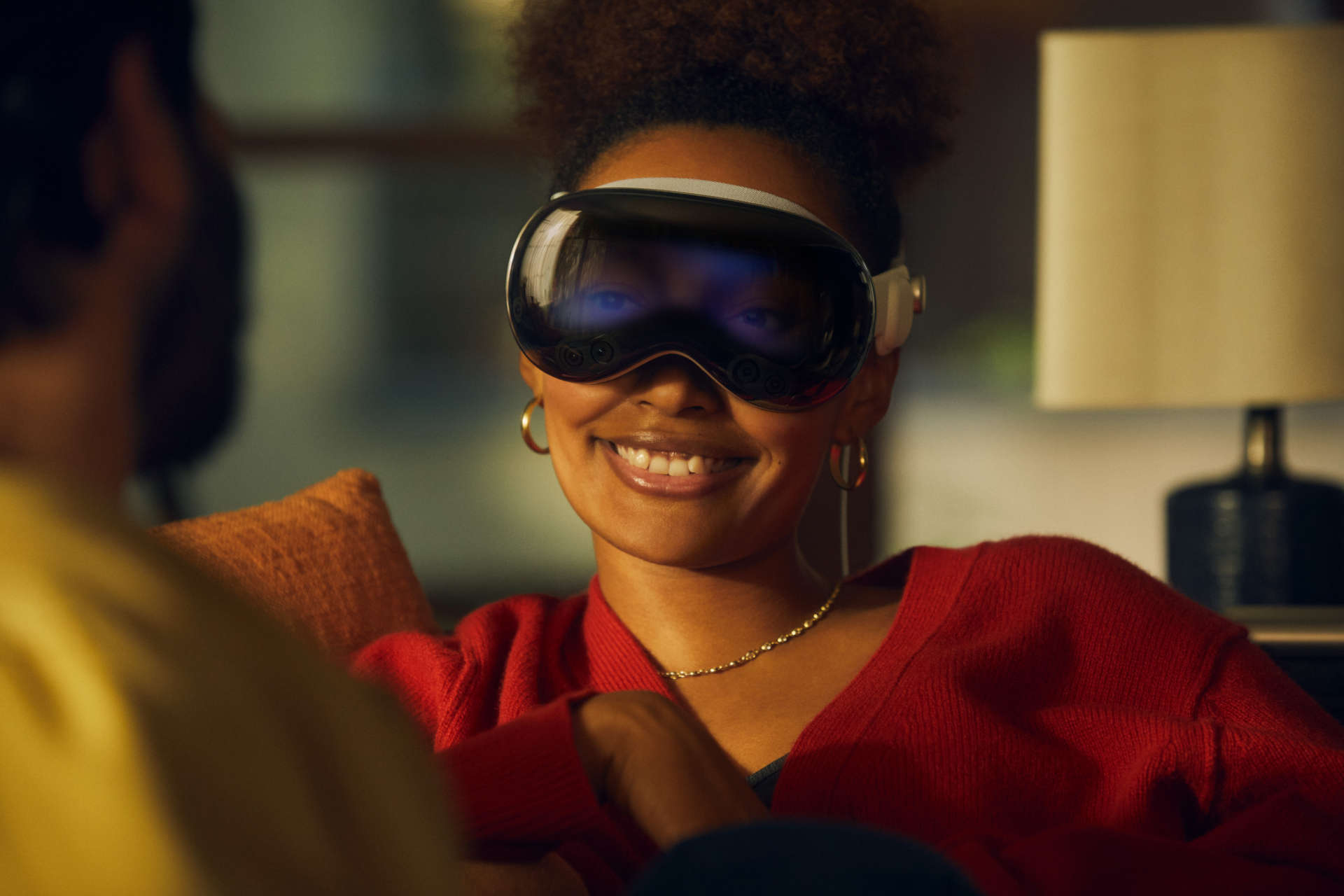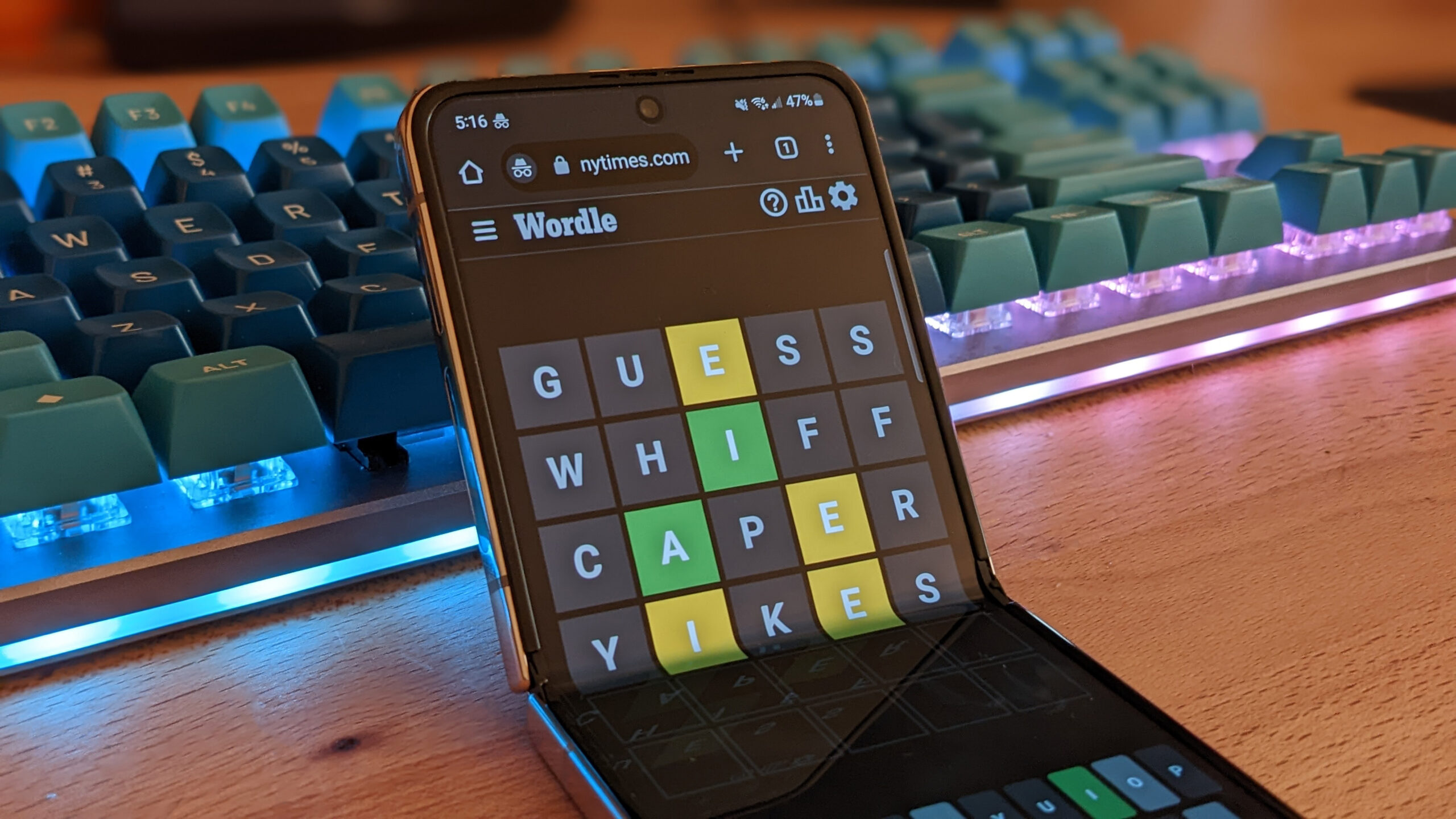It’s been seven months since Apple announced its Vision Pro augmented reality headset. The initial reception was rather mixed and no doubt not helped in the least bit by the typically enormous Apple price tag. But on February 2nd 2024, you’ll finally be able to buy one and try it out for yourself, provided you have $3,499 spare.
Even though we all knew how much the Vision Pro was going to cost (as the price was stated during the initial product launch), it remains a pretty shocking figure. So just what exactly are you getting for the money? Well, the Vision Pro itself, along with two different kinds of straps, a cover, cleaning cloth, battery, and charger. No, there are no hand controllers included and that’s because Apple’s headset doesn’t use them.
Instead, everything is controlled via eye and hand movement, along with voice commands courtesy of Siri.
There are a total of 12 cameras, five sensors, and six microphones to constantly monitor your eyes and surroundings, allowing you to work through the interface (which runs on a new system called visionOS) through a mixture of gestures, taps, hand flicks, eye focus, and so on.
Unlike the majority of gaming VR headsets, Apple’s Vision Pro is very much focused on augmented reality: Projecting the computing interface into the world around you, though you can block it all out if you so desire, via a control knob on the top. Want to sit in the wilderness and watch a movie, all while on a packed plane? Spend over three thousand dollars and you’ll be able to do just that.
Well, for a couple of hours, at least. Apple suggests that the battery life is up to 2.5 hours for video playback, which seems good for a decent movie. But what if your plane trip is a lot longer than that? Well, the battery is external, so you should be able to swap it over for a freshly charged one, though there’s no word just yet on how much they will cost.
(Image credit: Apple)
(Image credit: Apple)
(Image credit: Apple)
(Image credit: Apple)
There’s no denying that Apple has thrown a lot of tech and development into the Vision Pro. The mini-OLED displays, one for each eye, sport 23 million pixels in total and that’s way more pixels than two 4K monitors. So movies and apps should look super crisp and clear.
However, the refresh rate is apparently up to 96Hz and no matter how good Apple’s M2 processor is, there’s no way its integrated GPU will be rendering any fancy graphics at double 4K resolution and 96 fps.
(Image credit: Valve)
Best VR headset: which kit should you choose?
Best graphics card: you need serious GPU power for VR
Best gaming laptop: don’t get tied to your desktop in VR
I know Apple is claiming that you will be able to play lots of games on the Vision Pro but I just can’t see anyone willing to pay over six times the price of a Meta Quest 3, just to play games.
I can, however, see the Vision Pro having plenty of applications within scientific and engineering industries, where cost is less of a concern compared to useability and features.
If you do have $3,499 to spend on an AR headset, and want to delve into Apple’s new world of spatial computing, then you won’t need to wait much longer. The Vision Pro will be in Apple’s retail and online stores on 2 February, with pre-orders starting 19 January.
Let’s hope its app store has plenty to offer those souls brave enough to be the first to own one. But even if you think the Vision Pro might be just what you’re looking for, I strongly recommend that you wait until there have been plenty of independent reviews of it before laying down that kind of cash on an AR gadget.











